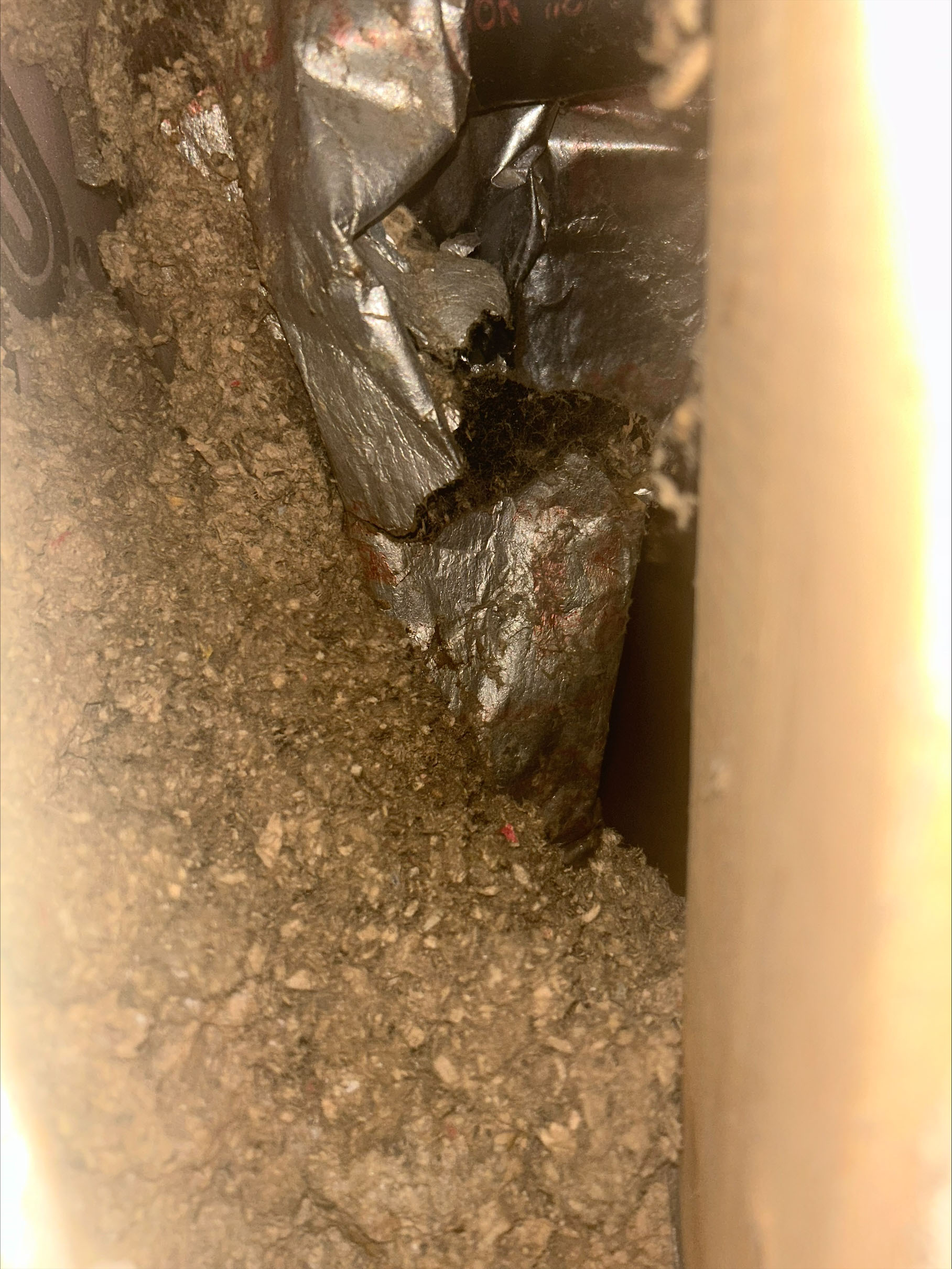Dean-Eaton: A Resident Hall Older Than Sliced Bread
It’s hard to dispute that St. Lawrence is a historic campus. Walking through the streets and halls of our campus, it’s hard not to have moments of appreciation for the beautiful architecture all around us. With such a historic campus, the thought of how many thousands of students have walked the same paths as us is truly humbling. At Dean Eaton, you can experience this living history through the cracking foundations, aging pipes, and stuffy smell, as the reality of older infrastructure counteracts any form of idealism: our infrastructure is constantly degrading.
Here is a simple fun factoid: invented in 1928, sliced bread is younger than Dean-Eaton. Built in a different time period, Dean was built in 1926 to house female students unable or unwilling to be a member of Greek Life, with a majority of students during this period being a member of SLU’s ten Greek Life organizations. Promising a shared experience for first and second-year students, Dean and Sykes were some of the first steps away from the Greek Life domination of Saint Lawrence. As time has passed, Dean has undergone numerous restorations and renovations, with the residence life website proudly listing the 2000 renovation, with no mention of the nearly centennial age of the building.
Built as a living document, the 2012 Saint Lawrence Facilities Master Plan has and will continue to direct St Lawrence facilities until 2032, as outlined by the plan’s document. In this master plan, Former Dean Fox laid out an outline created by committee and campus involvement, planning for a new campus in a new age. Consequential developments came from this plan, such as the building of Kirk Douglas in 2014, which was sorely needed for campus housing. Still, one key area of the plan has been ignored: “Dean-Eaton is the residence hall requiring the most significant and immediate renovations.” Planned renovations for Dean were set to begin in 2019, with a total cost outlined at an astounding $22 million according to the facilities master plan—dwarfing the total cost of Augsbury at $2 million. While small-scale renovations have taken place over the years, as the pictures show, they are simply covering up a more significant problem—a problem that is slowly being covered less and less.
Last week, an article published by Quinn Meyer went in depth about the hardships faced by SLU custodial workers. I had the privilege to continue this conversation by speaking briefly with some members of the facilities staff here at SLU, regarding Dean-Eaton and its maintenance. When asked about Dean-Eaton, I was met with a scoff: the demolishing of Dean has been a consistent conversation since 2012, with swirling rumors of new architects and plans of what is to be done fading in and out of the campus’s attention. I asked, “What can St. Lawrence give you to achieve the best possible campus?” The response was a simple, “more money.” $14.25 an hour, consistently grueling hours, and pay remain the same, regardless of if a facilities worker has been a worker for one year or ten. According to a 2019 Hill News Article, the chief facilities operator estimated that “for every four inches of snow, it takes six labor hours to open up campus and another two labor hours to clean up, push banks back, and get areas we may have missed.” SLU requires constant, consistent maintenance to run. While students this past Titus weekend have shown their lack of appreciation, our administrations have whittled down the facilities team even further with their lack of appreciation.
So, if SLU can barely afford to maintain its campus at the bare minimum, how does SLU hope to pay for the complete renovation of Dean? In the 2012 plan, Kirk was planned as the first step towards building a better campus. After 11 years, this master plan has stagnated into an administration waiting for a pile of money to land on their lap. We can blame COVID, we can blame many factors. It does not change one simple fact: Dean sucks, and St. Lawrence is running out of goodwill.



